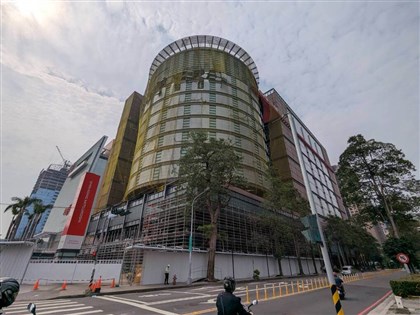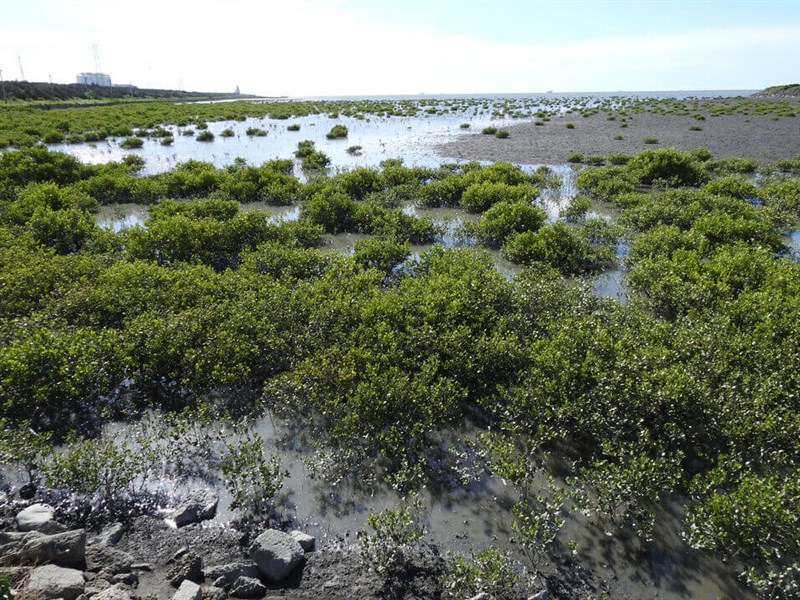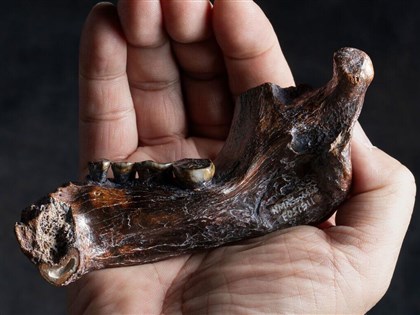牛橋大學Oxbridge
撰文及考題設計 英國文化協會Jeremy Beacock
中譯/林仟懿(中央社編譯)
英國從沒有人念過牛橋大學 ,但大家都知道這所學校在哪,或者說,它們在哪。牛橋是全球兩所最知名學府──牛津與劍橋的複合詞。這兩所大學傳統上是競爭對手,但卻有許多共同點,兩者有相同的歷史與編制,也都在英國的知識界、政壇與社會生活中扮演著重要角色。
英國歷史首度明確記載牛津師生是在西元1169年,劍橋則由一群分家出去的牛津學者於1209年創建,時間略晚於牛津。不過兩者直到13世紀中才正式被承認為大學。它們特殊的學院制度,源自於之後幾世紀大學的緩慢發展。
兩所大學都由多個學院所組成,每個學院各有500到1,000名左右的成員,包括教職員工和學生。學院有各自的大樓和標誌,例如劍橋最古老的學院是1258年創立的彼得學院(Peterhouse),至今仍保留多項傳統,像是在學院用餐時間以拉丁文禱告。另一方面,牛津最年輕的學院則是1990年成立的凱洛格學院(Kellog),這裡只收研究生或熟齡學生(註1)。民眾多半不了解這項制度,於是流傳了一些笑話(可能是虛構的),取笑那些不明就裡、吵著要參觀「大學」的訪客(註2)。
牛津和劍橋大學在1820年代為止是英格蘭唯二的兩所大學院校,所以過去一直是英國學術的重鎮。劍橋校友包括畢業於三一學院(Trinity)的物理學家牛頓和基督教堂學院(Christ’s College)畢業的生物學家達爾文,牛津則以字典編撰學者詹森博士(彭布羅克學院Pembroke畢業)和政治經濟學家亞當‧史密斯(貝里奧爾學院Balliol)畢業為傲。兩所學府到了20與21世紀仍居龍頭地位,總共培育出141位諾貝爾學者,其中劍橋的三一學院就囊括32位。
但它們的影響力不只在學術界而已,對英國的政治史也有重大影響。英國史上共有26位首相,包含現任的卡麥隆,都是牛津大學畢業生,其中半數畢業於牛津基督教堂學院,另外13位畢業於劍橋,只有三位前首相非牛橋畢業生。
但並非所有人都樂見這番影響力。牛橋兩所大學的入學程序常被批評為偏頗私立學校畢業生,而較不青睞公立學校畢業生。即便只有7%的英國學子就讀私立學校,他們卻占牛橋大學部學生的四成。許多人認為牛橋校方應該更進一步鼓勵公立學校畢業生申請,因為這兩所大學是權貴子弟專屬的印象,讓許多人打了退堂鼓。
不過一般訪客倒不需要擔心這些,因為兩所學校的美麗建築物和浪漫環境都開放給觀光客自由參觀。對許多人來說,造訪牛橋兩所大學除了感受它們共同的學術成就和長久的社會影響力之外,欣賞風景優美的環境和體驗河上撐船更是兩大重點。(完)
更多精彩內容請見《全球中央》2014年12月號;未經同意禁止轉載。
撰文及考題設計/英國文化協會 Jeremy Beacock
No one in the UK has ever studied at Oxbridge, but everyone knows where it is – or rather, where they are. The name is a compound of two of the world’s most famous universities, Oxford and Cam¬bridge. The two universities are traditionally rivals, but they have a great deal in common: a shared history and structure and a central role in the intellectual, po¬litical and social life of the UK.
The first clear references to teachers and students at Oxford was in 1169. Cambridge, founded by a splinter group of Oxford scholars, is a little younger, dating from 1209, although neither were recognized formally as universities until the middle of the 13th Century. Their special collegiate system stems from the slow growth of the universities over the following centuries.
Each university is made up of associations of col¬leges, with each college having roughly 500-1000 mem¬bers, including both teaching staff and students. Colleg¬es have their own buildings and their own identity. For example, the oldest college in Cambridge is Peterhouse, founded in 1258, and maintains its own traditions, such as a Latin grace at college meals. On the other hand, Oxford’s newest college, Kellog College, was created in 1990 – and only accepts postgraduate or mature stu¬dents. People are often confused by this system, and there are jokes, probably apocryphal, about bewildered visitors demanding to see “The University”.
Thanks to their position as the only two universities in England until the 1820s, Oxford and Cambridge were centres for the country’s intellectual life. Cambridge alumni include the physicist Newton (Trinity), the bi¬ologist Darwin (Christ’s College), and Oxford boasts figures such as dictionary writer Dr. Johnson (Pembroke) and political economist Adam Smith (Balliol). Their dominance has continued into the 20th and 21st cen¬turies, with the two having 131 Nobel prizes between them : 32 of them held by Trinity College, Cambridge.
But the two have not just had an intellectual influ¬ence. They have had an enormous effect on the UK’s political history, too. 26 of the UK’s Prime Ministers, including the current incumbent, David Cameron, went to Oxford – 13 at one college alone, Christ Church. 13 more past Prime Ministers went to Cam¬bridge, and only 3 prime ministers were not Oxbridge graduates.
This effect does not make everyone happy, how¬ever. Their admissions procedures are often criticized for favouring students from private schools over state school students. Although only 7% of British pupils attend a fee-paying school, they make up 40% of Ox¬bridge undergraduates. Many people feel the universi¬ties should do more to encourage applicants from state schools, since many are put off by the perception that the two universities are only for the rich and powerful.
This need not worry the casual visitor though, since the beautiful buildings and romantic settings of both universities are free for tourists to enjoy. For many people, a visit to Oxbridge is as much about the idyllic surroundings and the experience of punting along the river as it is about the university’s shared history of in¬tellectual discovery and social influence.
註1:熟齡學生指入學時年滿21歲。
註2:牛津和劍橋大學沒有單一的大學校園,而是由數十個學院各自獨立的建築與校區所構成。
rivals(名詞) 對手
splinter group (片語) 分支;小派別
grace (名詞) 基督教餐前禱告
apocryphal(形容詞) 虛構的
alumni(名詞、複數) 校友
boasts + 受詞 (動詞) 引以為傲
dominance(名詞) 掌控
incumbent (名詞) 現任者
favouring (動詞favour的ing形) 偏好
applicants (名詞) 申請人;應徵者
idyllic (形容詞) 愉快的、祥和的
本網站之文字、圖片及影音,非經授權,不得轉載、公開播送或公開傳輸及利用。





















